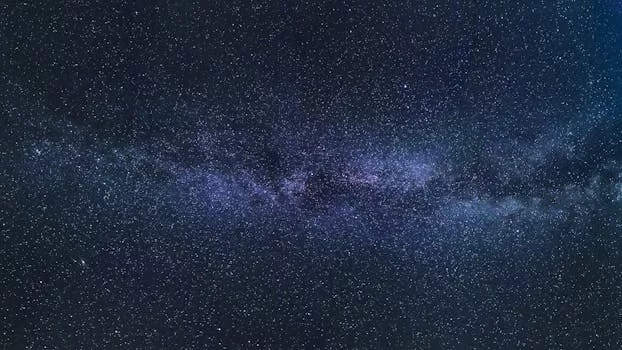
“
From Stardust to Dreams: Imagining Life Beyond the Stars
Introduction to the Cosmos and Life Beyond Earth
From Stardust to Dreams: Imagining Life Beyond the Stars is an intriguing concept that has fascinated humans for centuries. The possibility of life existing elsewhere in the universe is a question that has sparked intense debate and research. As we continue to explore the vast expanse of space, we are reminded of the mysteries that lie beyond our planet. The stars that fill our night sky are not just balls of hot, glowing gas; they are also the potential homes of other life forms.
As we delve into the unknown, we must consider the conditions necessary for life to exist. The discovery of exoplanets, which are planets that orbit stars other than the Sun, has opened up new avenues for research. These exoplanets can be broadly classified into different categories based on their size, temperature, and composition. Some exoplanets are similar in size to Earth and are often referred to as Earth-like planets.
The Building Blocks of Life
The building blocks of life are the essential elements that make up all living organisms. These elements include carbon, hydrogen, oxygen, nitrogen, and phosphorus. The presence of these elements in a planet’s atmosphere and geology is crucial for the emergence of life. The detection of biosignatures, which are signs of biological activity, is a key area of research in the search for life beyond Earth.
Astronomers use a variety of methods to detect biosignatures, including the transit method and the radial velocity method. The transit method involves measuring the decrease in brightness of a star as a planet passes in front of it. The radial velocity method involves measuring the star’s wobble caused by the gravitational pull of an orbiting planet. By analyzing the light that passes through a planet’s atmosphere, scientists can determine the presence of certain gases that are indicative of biological activity.
Imagining Life Beyond the Stars
As we continue to explore the universe, we are forced to confront the possibility that we may not be alone. The existence of life beyond Earth is a tantalizing prospect that raises more questions than answers. What would life forms from other planets look like? Would they be similar to us, or would they be entirely alien? The search for life beyond Earth is an ongoing journey that is driven by our innate curiosity and desire to understand the universe. For more on this topic, check out Soaring Through the Cosmos.
The discovery of life beyond Earth would be a groundbreaking moment in human history. It would challenge our current understanding of the universe and our place within it. The implications of such a discovery would be far-reaching, with potential impacts on fields such as biology, astronomy, philosophy, and theology.
Conclusion and Takeaways
In conclusion, the concept of life beyond the stars is a complex and intriguing topic that continues to fascinate humans. As we explore the universe, we are reminded of the mysteries that lie beyond our planet. The search for life beyond Earth is an ongoing journey that is driven by our innate curiosity and desire to understand the universe. The takeaways from this article are:
- The possibility of life existing elsewhere in the universe is a question that has sparked intense debate and research.
- The discovery of exoplanets has opened up new avenues for research in the search for life beyond Earth.
- The detection of biosignatures is a key area of research in the search for life beyond Earth.
- The existence of life beyond Earth is a tantalizing prospect that raises more questions than answers.
- The discovery of life beyond Earth would be a groundbreaking moment in human history with far-reaching implications.






